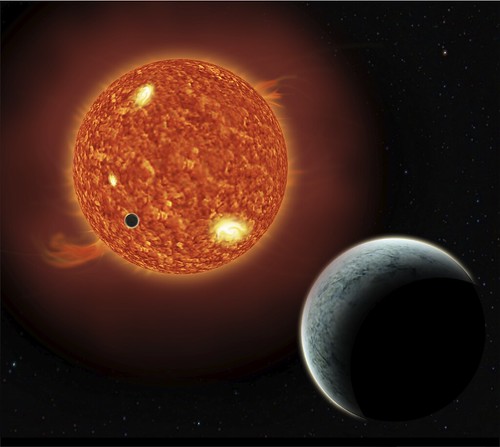Pwanet Season

I can almost see this as a new TV show on Discovery Channel: Planet Hunters. Not as easy as you think…
Finding Earth-size planets is a difficult task because the transit-signals, the dimming of the star’s light caused be a planet moving in front of the star, are so shallow. For a Jupiter-size planet, the transit depth is ~1% of the star’s brightness. For an Earth-size planet transiting a Sun-like star the decrease in brightness is less than .001%. Ground-based surveys have not reached the sensitivity to detect such planets around stars similar to our Sun, but with NASA’s space-based Kepler mission, launched in March 2009, astronomers are primed to start a new era in the study of exoplanets. Even with the exceptional data from the Kepler telescope, finding these Earth-sized planets will be extremely difficult, but in the age of Kepler, the first rocky planets will likely be detected including the potential to find Earth-like planets residing in the habitable zone, warm enough to harbor liquid water and potentially life on their surfaces.
Get started here, rocket scientist.
Be vewy, vewy quiet. I’m hunting pwanets!
